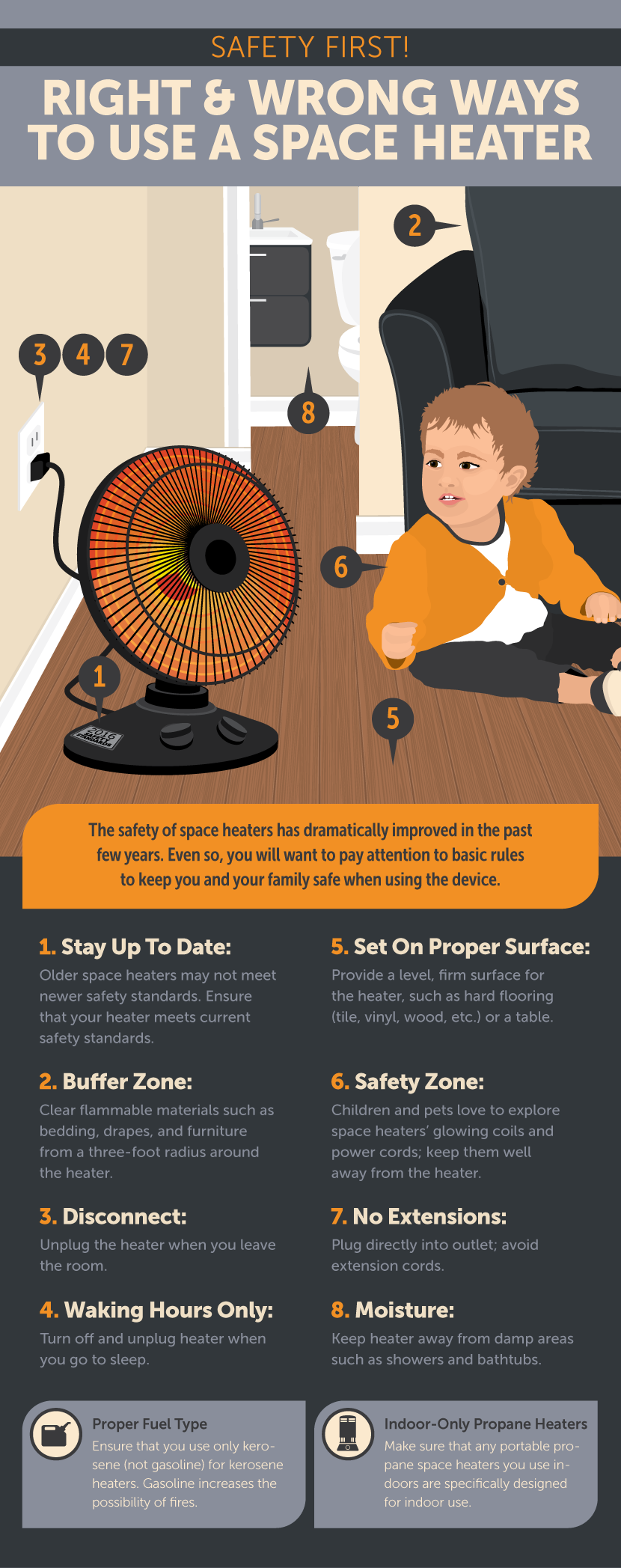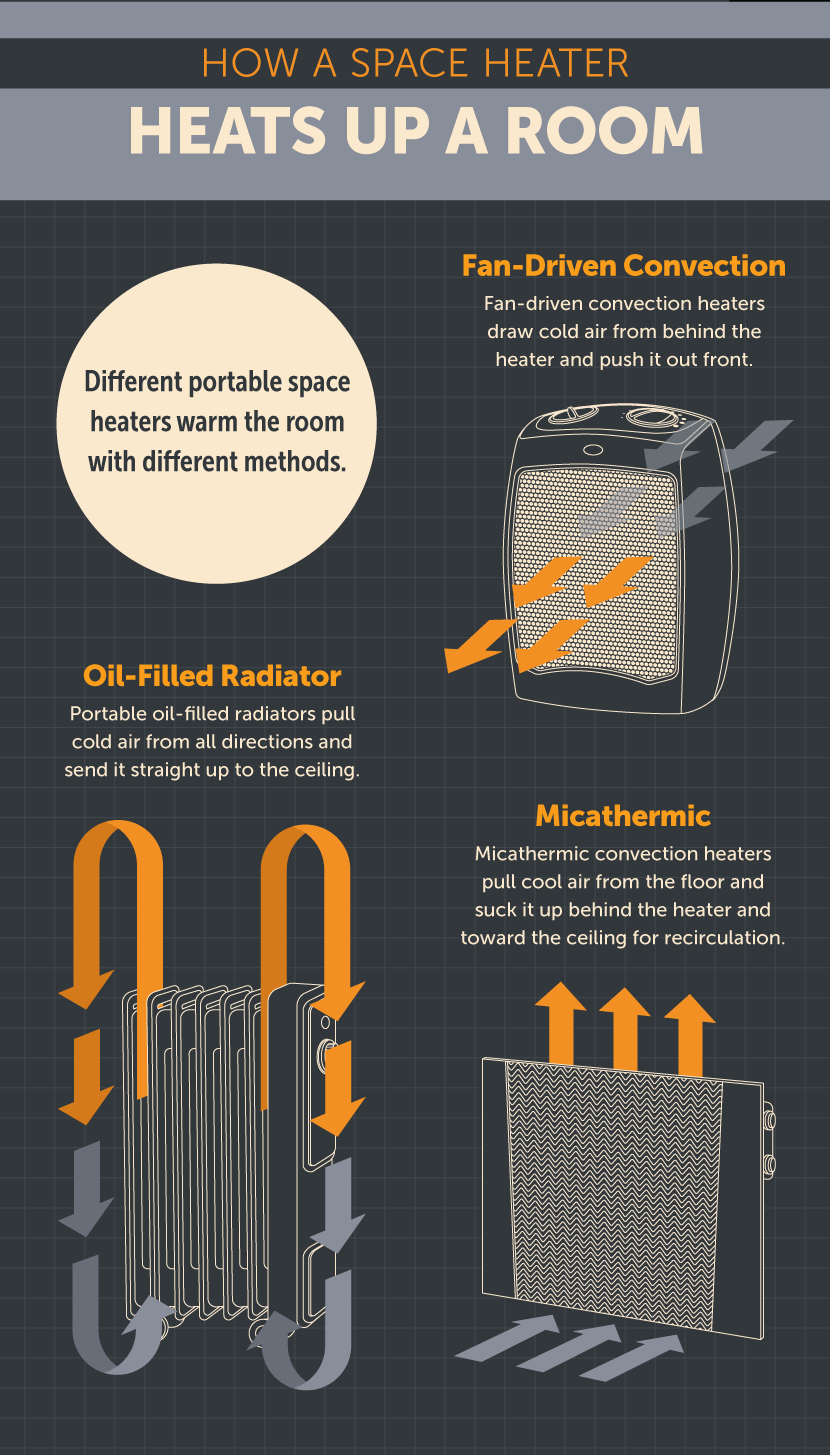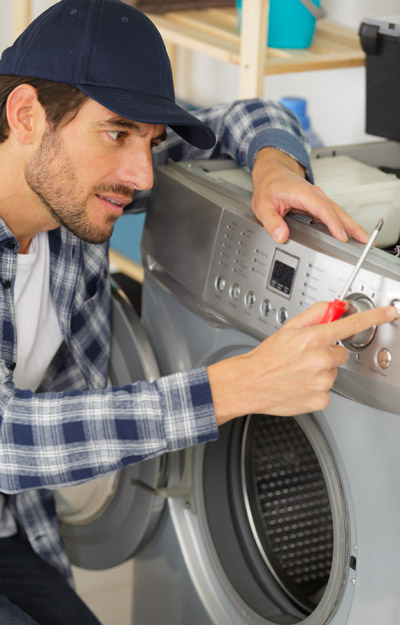Make sure you haven't got the discount earlier.

Space Heaters:
When fall and winter arrive, you may suddenly discover that your whole-house heating system is not adequate. Portable space heaters, which are inexpensive and require no permanent installation, are a popular way to heat small areas quickly.
Learn the basics of this popular supplementary heating source, along with safety recommendations and tips for optimizing performance.
What to Look for in a Space Heater
Power Source: Electric, Propane, or Kerosene
Most indoor heaters draw power from an ordinary 120-volt outlet. Electricity provides safe, clean heat for your room.
However, using electricity to power space heaters can be expensive. Plus, if that outlet is on an electrical circuit that is drawing power for other needs, the additional strain from the space heater may cause the circuit breaker to shut off.
Propane and kerosene are cheaper energy sources for space heaters and run independently from your home electrical system. Because a large majority of propane and kerosene heaters are designed for outdoor use – camping, patios, and open garages – be certain to select one that is designed for indoor use. These heaters have an oxygen depletion sensor that will shut the heater off if the level of oxygen in the air drops below a safe level.
Find the right space heater for your home!

Room Coverage and Wattage
The size of the area you want to heat determines what kind of space heater you purchase. Generally, 10 watts are required for each square foot of floor area.
So for a small room, such as a 150-square-foot bedroom, you will need a 1,500-watt-rated heater. Fifteen-hundred watts, the maximum output of most portable electric space heaters, delivers about 5,118 BTUs (British thermal units) per hour.
How Much Does It Cost to Run Your Space Heater?
You can easily determine how much it will cost to power an electric space heater that you are considering purchasing.
- Find the Watts: Look for the wattage listed for the heater. In this example, we will use the most common wattage, 1,500.
- Watts per Hour: Divide the wattage by 1,000 to determine kilowatt hour. Example: the 1,500-watt space heater uses 1.5 kilowatts per hour (kWh).
- Utility Rate: Look at your most recent utility bill to see how much the power company charges you for electricity. As an example, one large metropolitan utility company charges its customers $.088594 per kWh.
- Multiply by Hours Used: Multiply kWh by the utility rate and the number of hours you plan to use your heater. In the example below, let’s say you wish to use the heater for three hours every night in your bedroom before you sleep.
This totals about $12 per month to operate your 1,500-watt space heater for three hours before bed.
Thermal Core: Ceramic, Oil, or None
Space heaters that have a thermal core that radiates heat after the heating coil is turned off are more effective than heaters that have only heating coils.
Portable, rolling, stand-up heaters that look like old-fashioned steam or water radiators have an inflammable oil core that retains heat for as long as half an hour after the heating element has turned off.
Popular ceramic space heaters are smaller than oil-filled heaters. They also have a thermal core in the form of ceramic plates attached to the heating coils. The plates retain the coils’ heat, continuing to provide heat after the coils have shut off. Read more on convection vs radiant heaters.
Included Features
- Thermostat: All space heaters have a thermostat that will turn the heater off when the surrounding air reaches a set temperature.
- Tip-Over Power Shutoff Feature: All heaters today are required to have an internal mechanism that will shut off the heater if it tips over.
Optional Features
- Remote Control: Some space heaters include a remote control that allows you to make rudimentary adjustments to the heater from across the room.
- Timer: Some heaters include a built-in timer that will turn off the entire heater at a certain time.
Pros and Cons of Space Heaters
Pros
- Units are Inexpensive: Most space heaters are priced at under $100.
- Portable: Units can be moved to areas as needed and stored away when no longer needed.
- Directional: Space heaters do a superb job of directing heat to a specific spot.
- Wise Use of Energy: Space heaters can service small spaces while other areas of the home can be left unheated. In this sense, space heaters can be considered a wise use of energy.
Cons
- Poor Use of Energy: Space heaters are paradoxically both a wise and a poor method of heating a room. From the standpoint of pure energy consumption, space heaters are less efficient and more expensive than permanent HVAC systems.
- Potentially Dangerous: Despite improvements in product design such as tip-over power cutoff switches, thermostats, and cool-to-the-touch housings, space heaters still present a safety hazard.
- Noise: Fan-driven space heaters can be very loud with annoying white noise. Because the heater must be located in a confined area, it is difficult to avoid this sound.
7 Basic Types of Space Heaters
Convection Heaters (Radiant or Quartz)
Convection heaters electrify metal coils or a halogen bulb, with a reflector to point the heat at specific areas within the room.
Because there is no fan, heat range is limited to just a few feet. On the plus side, the lack of a fan means that these units are nearly silent.
Convection Fan-Style Heaters
The second most basic type of indoor space heater pushes air heated by electric coils with a small electric fan.
As soon the coils stop radiating heat, the heater quickly cools down. These are considered one of the least effective types of space heaters.
Ceramic Box Heaters (Convection)
Similar to the convection-only heaters, these also have fans that push air over heating elements.
The difference is that ceramic box heaters have ceramic plates that retain heat after the electric coils are no longer hot.
Ceramic Tower (Convection)
Similar to the ceramic box heater, except in size and shape.
Tower convection heaters stretch the coils and housing higher and thinner to more effectively disperse heat throughout the room.
Micathermic Convection Heaters
These heaters’ electric coils make contact with large, thin sheets of mica, heating them so that they can retain warmth for a long time. No fans are involved. Learn more about how micathermic heaters work.
One great advantage of micathermic heaters is that they can be installed flat against a wall, much like a flat-screen television, saving space and better dispersing heat within the room.
Also, micathermic heaters are better at keeping down dust than fan-driven heaters because they do not move air as vigorously. This means that micathermic heaters work well for allergy sufferers and others affected by dust or moving air.
Oil-Filled Radiator-Style Heaters
While permanently installed boiler-driven steam and water radiators are slowly being phased out of buildings, wheeled oil-filled electric radiators have stepped in to take their place.
The oil in this type of radiator is heated by electric elements. The oil is sealed within the radiator and never needs to be refilled. Learn more about how oil-filled heaters work.
While energy efficient, these heaters are heavy and at risk for tipping over.
Propane-Powered Indoor Heaters
Indoor-safe propane heaters are highly effective, pushing out up to 9,000 BTU per hour for less money than electric heaters. Disposable propane canisters can run the heater at full blast for up to four to five hours.
These heaters emit no smell of gas. They are great for heating large areas, such as living rooms, basements, and garages.

How to Use a Space Heater
- Stay Up to Date: Older space heaters may not meet newer safety standards. Ensure that your heater meets current safety standards.
- Set on Proper Surface: Provide a firm, level surface for the heater, such as hard flooring (tile, vinyl, wood, etc.) or a table.
- Buffer Zone: Clear flammable materials such as bedding, drapes, and furniture from a three-foot radius around the heater.
- Safety Zone: Children and pets love to explore space heaters’ glowing coils and power cords; keep them well away from the heater.
- Disconnect: Unplug the heater when you leave the room.
- No Extensions: Plug directly into outlet; avoid extension cords.
- Waking Hours Only: Turn off and unplug the heater when you go to sleep.
- Moisture: Keep the heater away from damp areas such as showers and bathtubs.
- Proper Fuel Type: Ensure that you use only kerosene (not gasoline) for kerosene heaters. Gasoline increases the possibility of fire.
- Indoor-Only Propane Heaters: Make sure that any portable propane space heaters you use indoors are specifically designed for indoor use.

Top Ways to Optimize Your Space Heater
- Keep It Small: Confine the space; do not use in spaces that are too large for the heater.
- Give It Room to Do Its Job: All space heaters, except for wall-mounted heaters, require several feet of clear space around the unit for the heat to evenly and efficiently disperse throughout the room.
- Correct Positioning: Follow manufacturers’ positioning requirements, especially with fan-driven directional space heaters.
- Ensure Clear Airflow: Clean air intake vents with a vacuum while the heater is unplugged.
- Be Patient: Convection heaters take more time to heat up a room than fan-driven space heaters.
Electric or propane space heaters, though not the optimal way to heat a room, do provide a number of advantages over whole-house heating systems. Learn which features to look for so you can purchase the right space heater for your home, and get valuable usage, optimization, and safety tips.





























